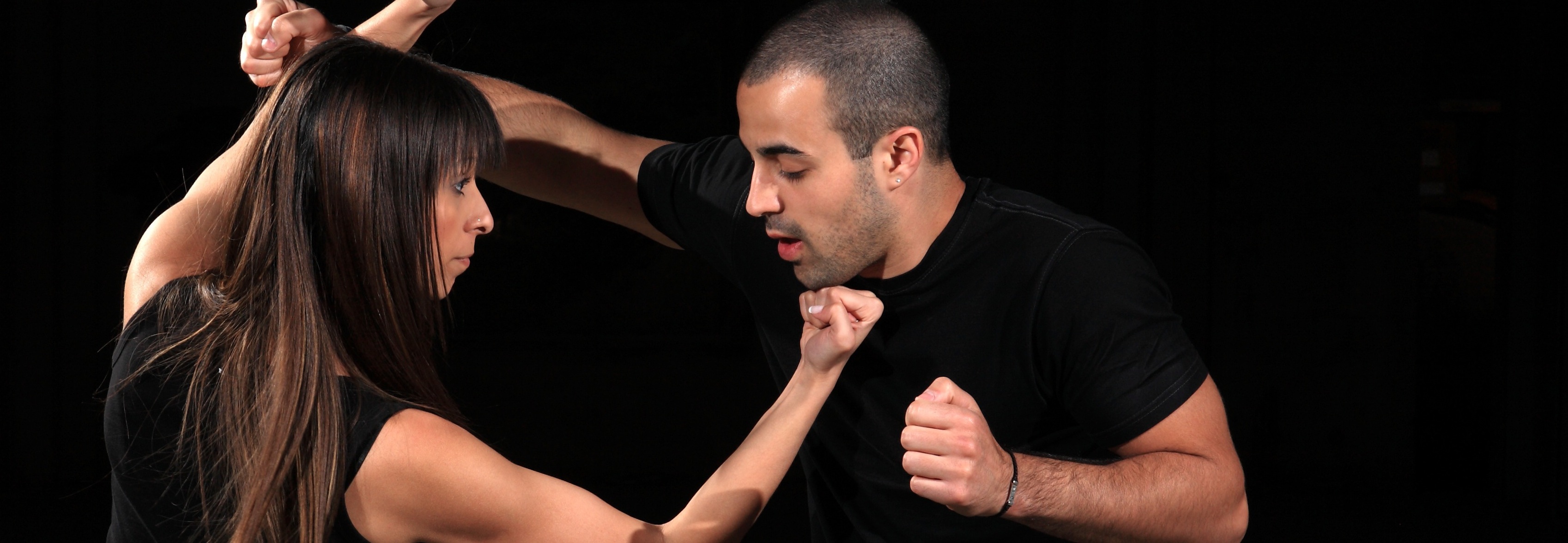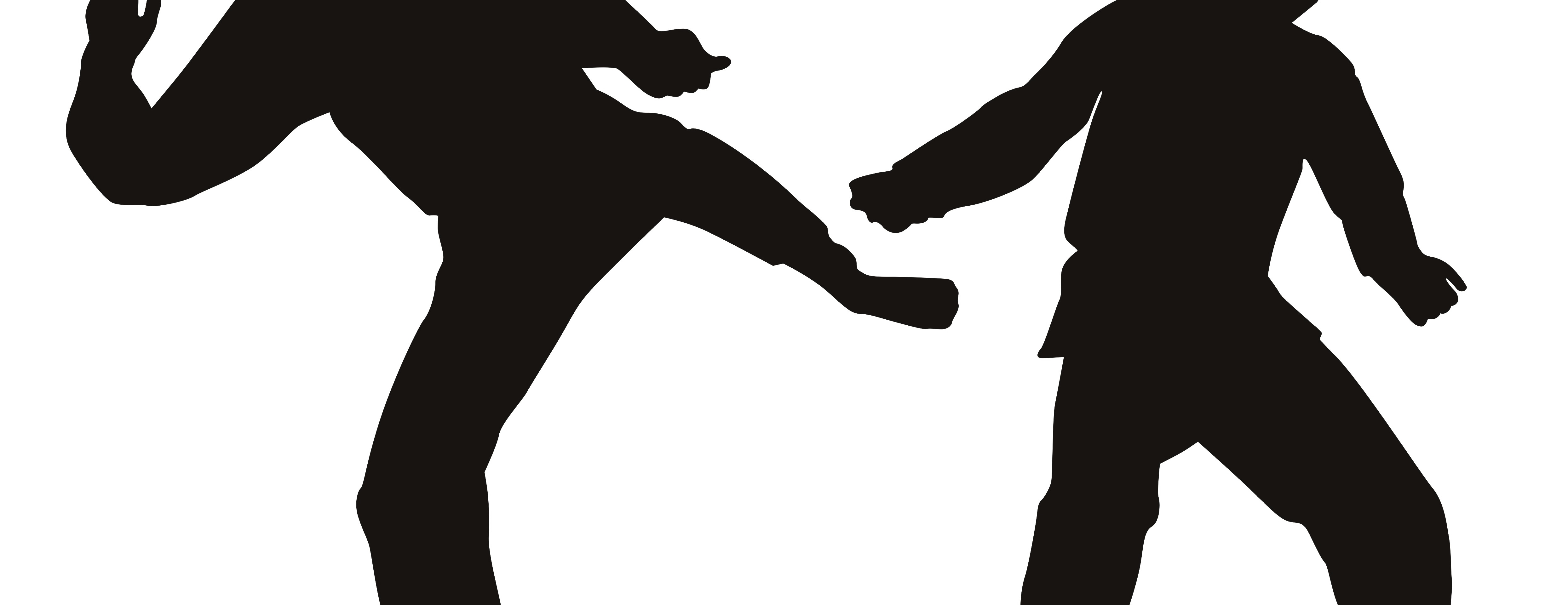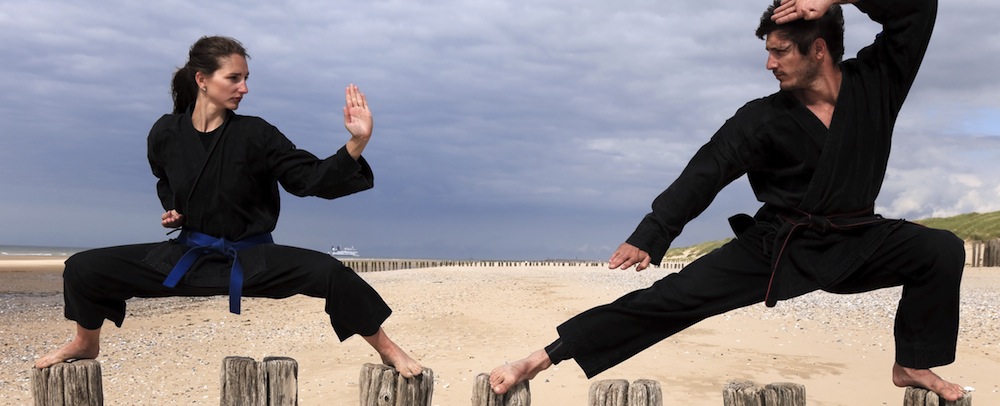2nd Degree Brown Belt
GERI WAZA: kicking techniques
side/round | knee/naihanchi | tornado
KATA: naihanchi shodan | gekisai dai ni | naihanchi nidan | pinan shodan | rohai | pinan yondon* | seisan
BUNKAI / OYO: form interpretation*
| Call | ATTACK: | DEFENSE: |
| Call | ATTACK: | DEFENSE: |
| Call | ATTACK: karateka bunkai | DEFENSE: karateka bunkai |
| Call | ATTACK: karateka bunkai | DEFENSE: karateka bunkai |
GOSHIN WAZA: self-defense against guns (with action/re-action drill)
KUMITE: free sparring
RANDORI
Minnesota Statutes 2004
Copyright 2004 by the Office of Revisor of Statutes, State of Minnesota
Definitions
609.02 Definitions.
Subdivision 1. Crime. “Crime” means conduct which is prohibited by statute and for which the actor may be sentenced to imprisonment, with or without a fine.
Subd. 6. Dangerous weapon. “Dangerous weapon” means any firearm, whether loaded or unloaded, or any device designed as a weapon and capable of producing death or great bodily harm, any combustible or flammable liquid or other device or instrumentality that, in the manner it is used or intended to be used, is calculated or likely to produce death or great bodily harm, or any fire that is used to produce death or great bodily harm.
Subd. 7. Bodily harm. “Bodily harm” means physical pain or injury, illness, or any impairment of physical condition.
Subd. 7a. Substantial bodily harm. “Substantial bodily harm” means bodily injury which involves a temporary but substantial disfigurement, or which causes a temporary but substantial loss or impairment of the function of any bodily member or organ, or which causes a fracture of any bodily member.
Subd. 8. Great bodily harm. “Great bodily harm” means bodily injury which creates a high probability of death, or which causes serious permanent disfigurement, or which causes a permanent or protracted loss or impairment of the function of any bodily member or organ or other serious bodily harm.
(2) “Know” requires only that the actor believes that the specified fact exists.
Subd. 10. Assault. “Assault” is:
(1) An act done with intent to cause fear in another of immediate bodily harm or death; or
(2) The intentional infliction of or attempt to inflict bodily harm upon another.
LIABILITY
No person has the right to threaten or commit unlawful violence on another. Further, the law does not require anyone to simply submit to unlawful violence. A person may resist the threatened use of unlawful force with force, but may only use such force as reasonably appears necessary under the circumstances.
If it can be demonstrated that a person had a clear opportunity to leave the danger zone and did not, they are at least partially liable. If it can be demonstrated that a person used more force than necessary to control the situation, they are at least partially liable.
When self-defense cases go to court many factors are weighed such as:
Witness testimony
The extent and severity of any injuries
Provocation
The sex and relative size of the parties involved
Location
Time of day
State of mind
Number of parties involved
Etc.
Often, if there are only minor injuries, a district attorney will decline to prosecute a given action in criminal court. The case may then be brought to civil court wherein one party will sue another for damages. It is important to remember that each party to an event can sue the other.
If an attacker takes you to court, it is important to know the burden of proof that your actions were reasonable lays with you. In the case of Martin vs. Ohio (1987), the US Supreme Court ruled that due process did not forbid placing the burden of proving self-defense on the defendant.
Following the Use of Force Continuum gives you a reasonable, measured approach to self-defense situations. It also provides a step by step explanation for your actions. However, employing the Use of Force Continuum can not guarantee you will not be found liable.
AFTERMATH
If you are involved in a self-defense altercation, take the following steps:
· Ensure there is no longer a threat.
· Secure any weapon the assailant used.
· If you have a weapon, put it away and keep it out of sight. Police have shot innocent people because they were holding weapons when the officers arrived.
· If the assailant is no longer a threat, check him/her for injuries and help as appropriate. Do not talk to the assailant or use abusive language. Do not touch the assailant if he/she appears dead.
· Call the police as soon as possible. Tell them what has taken place and your location. Ask for emergency medical assistance. Do not give too many details of the incident over the phone.
· Make a complete check of the scene but do not tamper with any evidence. Do not let anyone e4lse handle any evidence. Identify witnesses.
· When police arrive, try to spot them first and attract them in a non-threatening manner. At first, the police may treat you like a suspect, especially if you have a weapon. Do as you are told. Do not question or argue with them.
· Call your lawyer. Make no statements to the police or anyone else until your attorney is present. If possible, try to have your lawyer meet you at the scene. Tell him/her exactly what happened and let him/her do the talking for you. If you must meet the police by yourself, do not make any statement. Explain to the police politely, but firmly, that you will not talk until your attorney arrives. Remember, you have the right to remain silent and anything you do or say can and will be used against you in a court of law. Police officers know the key to survival is to stay silent and wait for your lawyer but they may try to make you feel guilty of not talking to them.
· No police officer would make a statement at a police shooting without a police union lawyer or a Fraternal Order of Police attorney present. The police will be on your side when all the facts are out, so be polite but do not be overly concerned about their initial impression of your silence.
· When medical assistance arrives, get medical treatment for shock for yourself and any other person involved whether physically injured or not.
· Stay away from the news media. Never talk or make any sort of statement to them. Let your attorney make any statements for you. Remember the news media has no authority – you do not have to talk to them.
Legal Actions: You are justified in using lethal force only if you “feared for your life” or that of another person. Do not apologize for defending yourself. Avoid statements such as “I am sorry I had to hurt him” or “I regret the incident happened”. Such statements are equated with feeling of guilt. Since you are showing remorse, it is assumed your actions were inappropriate. Such statements may be used against you in a court of law.
Stress: Persons involved in self-defense incidents face a great amount of stress. Psychological or physiological problems may appear. These problems are common and effect even trained soldiers and law enforcement officers. If you encounter any problems seek professional help.














